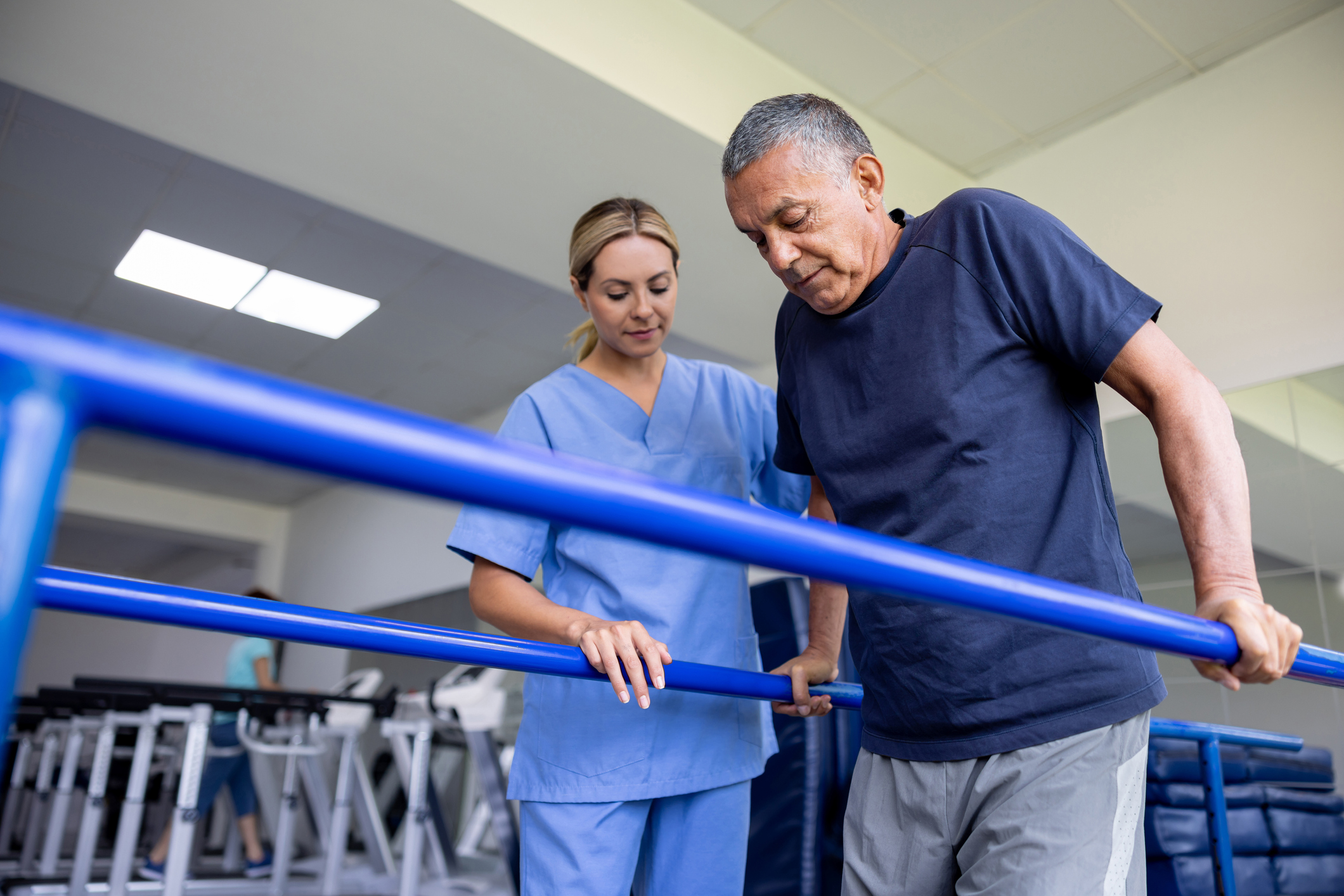Long-term pulmonary diseases, such as asthma and chronic obstructive pulmonary disease (COPD), impact millions of individuals globally. These conditions can make it difficult for people to inhale properly, leading to a decrease in movement and total quality of life. However, studies has shown that participating in regular physical activity can significantly alleviate effects of these disorders. Physical activity helps improve the respiratory muscles, improve lung function, and boost overall stamina. By incorporating movement into their regular habits, patients with chronic respiratory disorders can enjoy improved health and greater well-being.

One approach that movement helps those with chronic breathing diseases is by improving respiratory function. When people engage in physical activity, their lungs increase activity to provide Oâ‚‚ to the organism. This can lead to greater pulmonary function and performance over time. Activities such as strolling, lap swimming, or stationary cycling can be highly beneficial. They allow people to progressively build their physical capacity without overwhelming their bodies. As a result, individuals may find they can carry out daily activities with greater ease and undergo reduced episodes of dyspnea.
Moreover|Additionally|Furthermore, exercise can have positive influences on psychological well-being as well. Long-term respiratory disorders often come with experiences of nervousness and despondency due to continuous health challenges. Consistent exercise stimulates the release of here are the findings brain chemicals, which are substances in the cerebrum that assist boost emotional state and reduce tension. Participating in classes or classes right here can also deliver social support and reduce perceptions of isolation. This social connection can motivate people to stay active while also improving their emotional well-being.
In addition to bodily and emotional health advantages, exercise can result in better control of effects associated with long-term breathing diseases. For instance|For example|Specifically, people who engage in consistent physical activity may encounter fewer flare-ups and diminished severity of manifestations like coughing and breath noise. It is crucial for those with these conditions to seek advice from clinicians before beginning an physical routine. A doctor or rehabilitation specialist can support them in identifying appropriate exercises that meet their specific requirements and constraints.
Finally|In conclusion|Ultimately, incorporating exercise into regular schedules does not have to be overwhelming or challenging. Small modifications, such as taking the stairs instead of the lift, going for a walk during break times, or participating in yoga classes, can make a significant difference over time. Setting practical targets and incrementally increasing exercise levels can enable people to stay motivated and attain enduring results. With dedication and the right assistance, patients with persistent breathing diseases can utilize the potential of physical activity to enhance their manifestations and boost their quality of life.